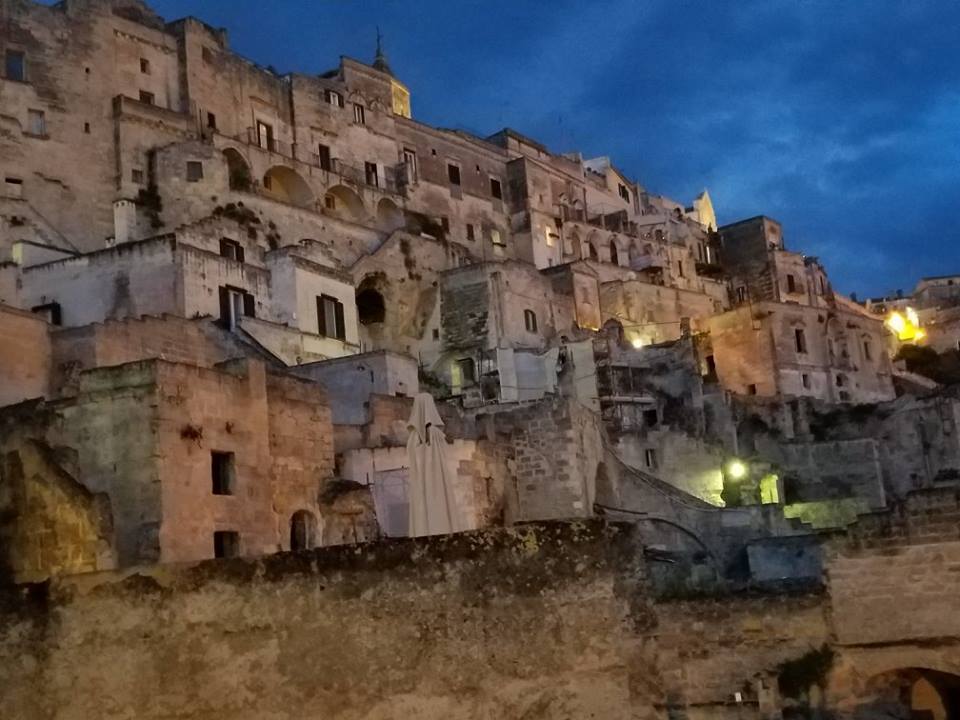I never travel without my diary. One should always have something sensational to read in the train. — Oscar Wilde

Where do you go? Are you drawn to big cities, wildly rural areas or something in between? Is it the hustle of a busy metropolis or a calmer, slower pace that calls to you? And (if you have any these days) what do you like to do in your spare time? Are you a museum crawler, a foodie or is it nature that brings out the best in you? And then there’s my favorite question: domestic travel or Italy?
All these choices say something about who you are. Chances are, you’re not even fully aware of why you make these life-affirming decisions; they’re just second nature to you. But if you’re curious to better understand the places where you find yourself — and your reactions to them —consider keeping a travel journal.
To encourage that, all my travelers on Travel the Write Way tours receive a journal in 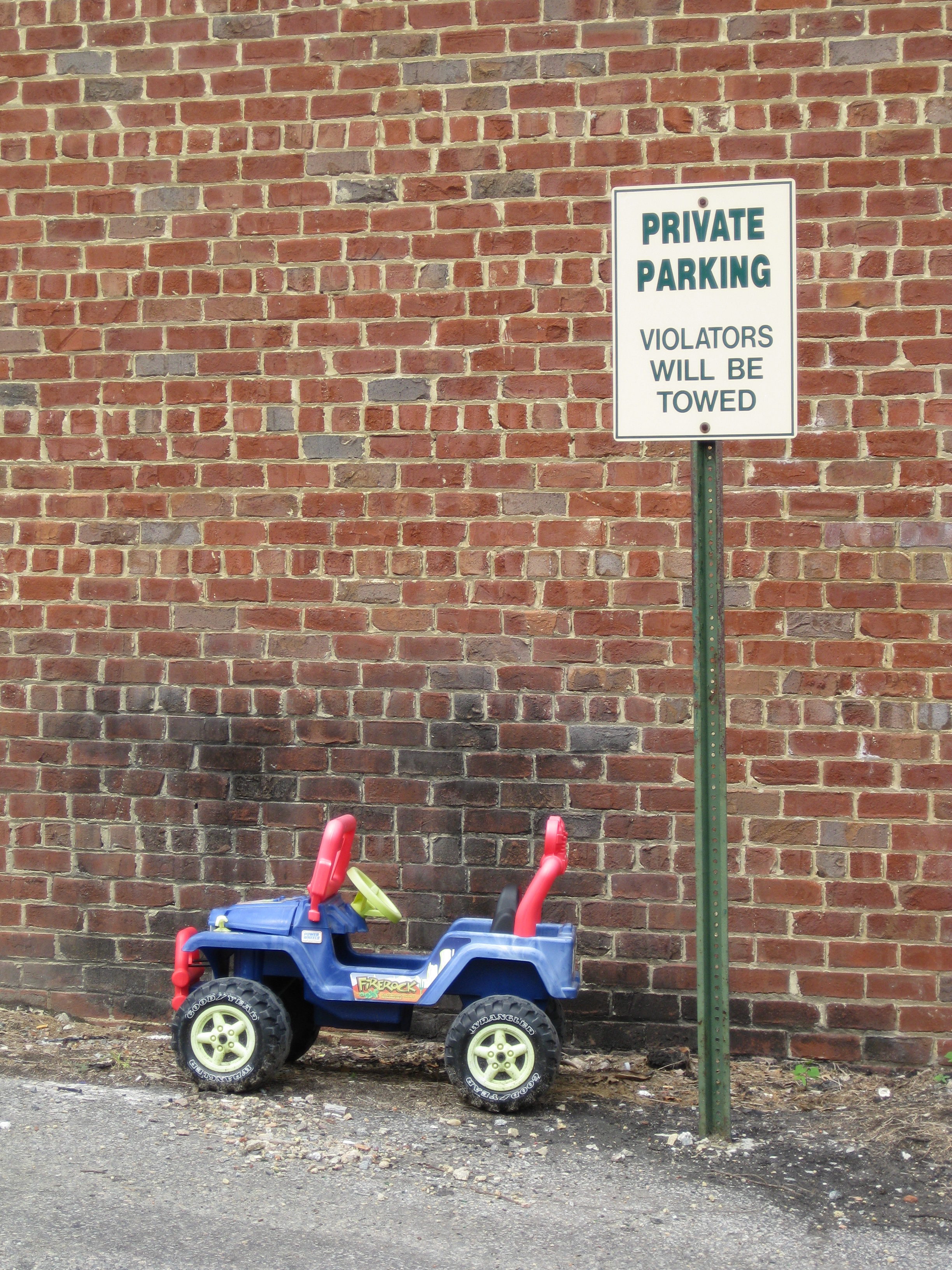 advance, just to encourage this kind of behavior.
advance, just to encourage this kind of behavior.
The first question I often get is, “Why? Who is a journal for?” Well, mostly it’s for you. It’s a way to capture the experiences that you have of a particular place. And not just the “If it’s Tuesday, this must be Belgium” kind of experiences. Journaling done right can be the best traveling companion you have, even if you’re just traveling to the next county. But let’s be clear: a good journal is not just a collection of “where” and “what.” A good journal also explores the “how” and the “why” and the “who.”
On the other hand, a journal is also a record that you can either share with friends and family or which (like it or not) might be read by friends and family members long after you’re gone. So why not make it the best, most meaningful, most enjoyable document you can?
What will I write about?
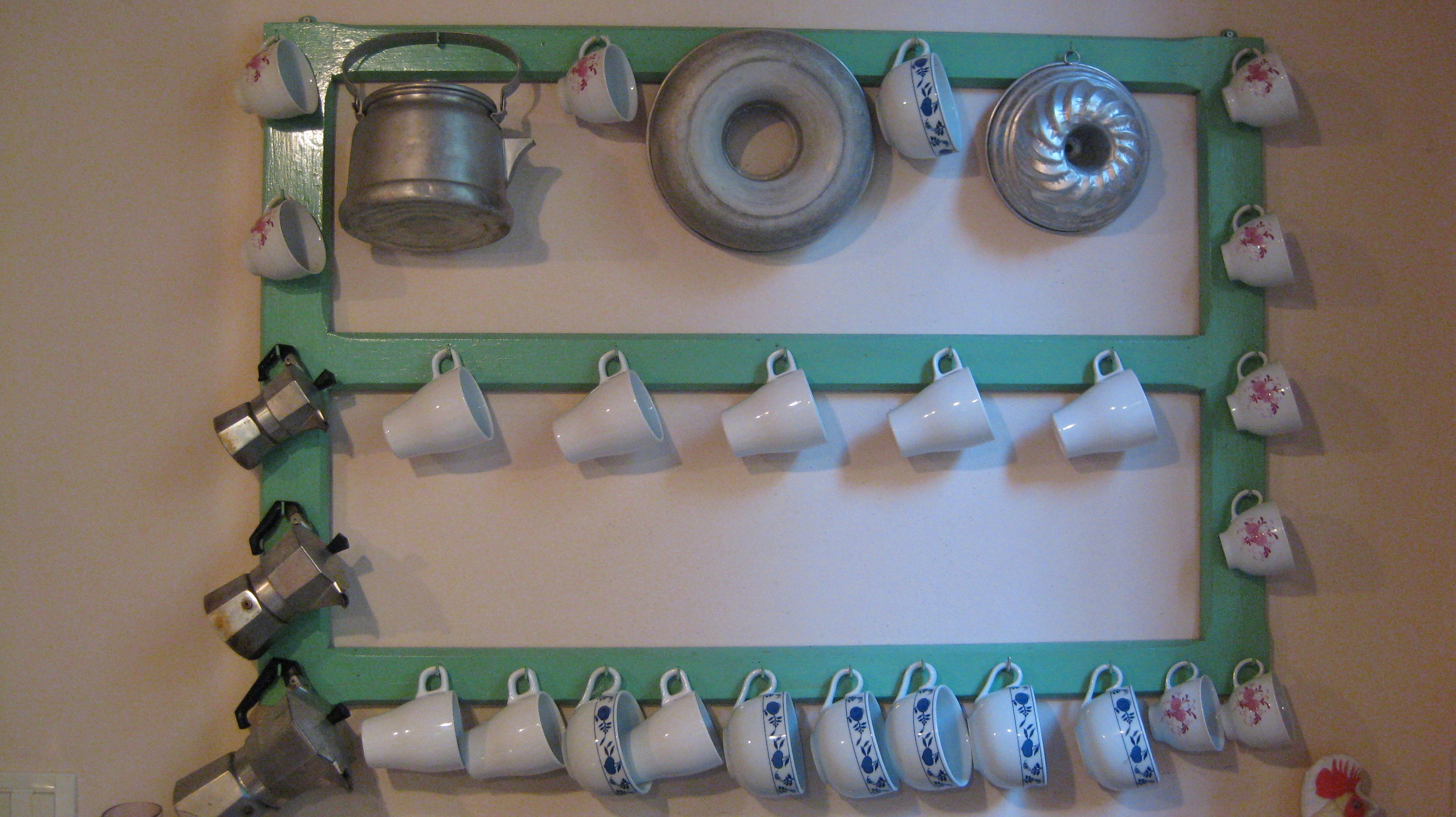 You’re on vacation: you come from somewhere, so how does where you are now differ from home? The difference could be in the language, holidays, shopping habits, meal times, color protocol, currency, ways of showing respect and so much more.
You’re on vacation: you come from somewhere, so how does where you are now differ from home? The difference could be in the language, holidays, shopping habits, meal times, color protocol, currency, ways of showing respect and so much more.
The key thing is to be a keen observer of everything and to use all five senses — sight, smell, taste, touch, hearing — as you go through your day in this new place that is not home. Be a detective of the local culture. Take notes on:
- Why you chose this particular place
- Local transportation: how to get around, what the challenges/opportunities are
- The history of the place
- The architectural style(s)
- Food, especially what’s locally grown and what best represents the region
- The “can’t-miss” events, attractions, restaurants
- A specific adventure
- A specific mishap or embarrassing moment
- People you’ve met
- People you wanted to meet
- Local politics/issues — what are people debating right now?
- Your emotional reactions to the place
- What makes this place different?
- How do you feel here?
- What are you afraid of here?
- What makes you want to stay here?
- What makes you want to leave?
7 Secrets of an Avid Travel Journaler
- Use a spiral-bound notebook. These can cost anywhere from $1.00 to $25.00+, depending on your taste and budget. Spiral-bound books are easier to manage, fold over, write on, etc. And those school notebooks with pockets are great. You’ll see why later. Just don’t make it too big or heavy or you’ll get discouraged.
- Write only on the right-hand page. Wasteful? Maybe. But it’s a real boon when you want to go back and add something you forgot or want to elaborate on something you’ve already written – you do that on the left-hand side of the page.
- What to put in those pockets? Everything! Save receipts, cards from restaurants, ticket stubs, brochures, leaves and flowers, menus, unspent money (if you’re traveling outside the US) — it’s all part of the experience of travel and will help concretize your memories when you go back to flesh out your stories.
- Be sure to have a few pens and as well as a pencil with an eraser with you at all times — you never know when you’ll want to break out into a drawing. And try not to write with the pencil: that internal editor of yours will probably go to town, and that’s not the point of a journal.
- Remember to leave room for your photographs. If photography isn’t your thing, buy postcards and include those in your journal. I love to go to local antique shops and look through the old postcard boxes — you’re sure to find a few that resonate with you. And the historical ones make unique additions to your journal!
- Bring paper clips and a few small plastic sandwich bags with you to better collect and manage your “physical” memories. Nobody needs sand or bugs in their suitcase.
- Don’t try to get it all down while it’s happening! You don’t want to miss the experience because you’re busy scribbling something down. Take a few notes – key words, location, sensations, etc. and then go back to it later that day or the next. With a few good prompts, you won’t lose anything important.
What should it look like?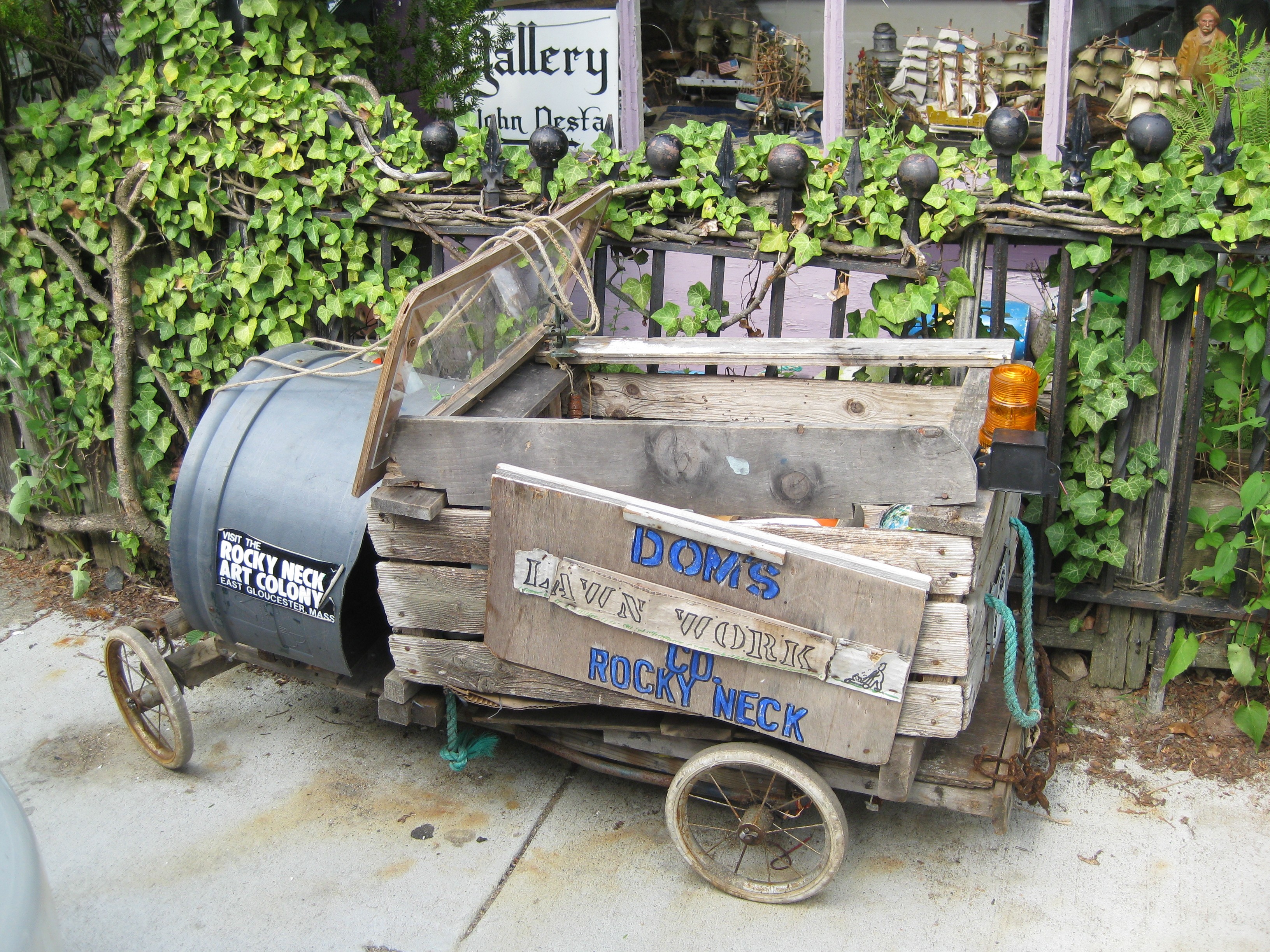
That’s entirely up to you. Do you want to sketch on your pages to support your written observations? Great! Do you want to add photography and memorabilia right among the pages? Go for it. Do you want to write in bullet point format or in straight paragraphs or in poetic forms? It’s for you — do what you want. Travel writer Dave Fox says it best: Write like nobody’s looking.
And remember that most travel journals are drafts. They’re not supposed to be perfect. There will be rambling ideas, misspellings, ungrammatical sentences — that’s okay. Travel journals provide a way to capture the ideas, impressions, events, experiences, emotions and information that will trigger your memory so you can go back at a later time and tell the whole story. Don’t spend so much time writing “in the moment” that you miss the moment.
Make your journal yours. So if you want to spend a week writing about and photographing all the funny and ridiculous signage you see, be my guest. (One of my favorite signs in Vermont told me to “BEGIN NO PARKING.” I drove right on, obviously honoring the intent of the sign.) And don’t forget how easy it is now to record snippets of video and audio — those are great ways to capture scenes and sounds that you can go back and write about later or share in an e-mail or online version of your journal.
Next week: Part II — journaling in poetic form and more…
Buon viaggio — and don’t forget to write!
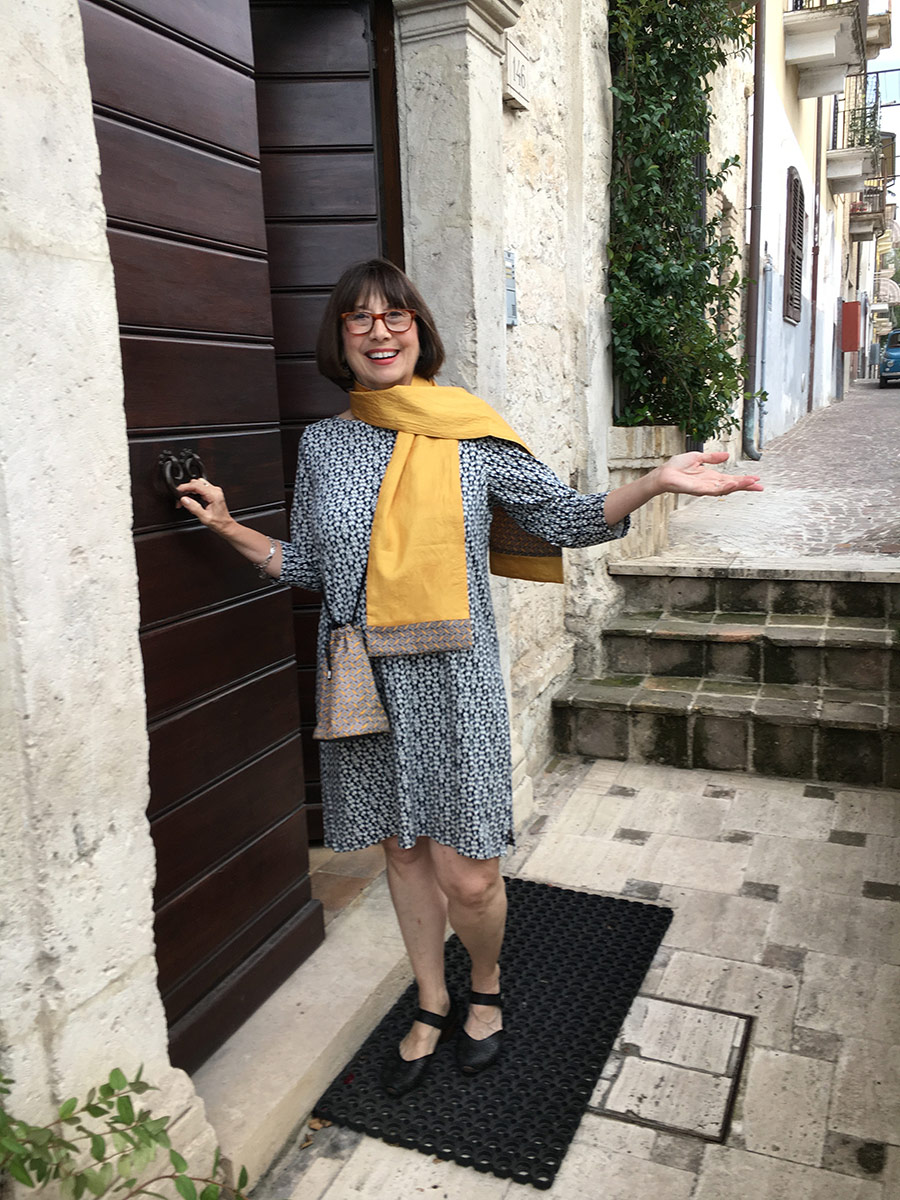
Linda Dini Jenkins is a card-carrying Italophile, travel planner, freelance writer, and amateur photographer. Travel is her passion, so writing about her travels just comes naturally. She hopes all her travelers find a way to express their joys, surprises, and fears as they travel and gives every traveler a nifty journal to help smooth the way. Learn more…
